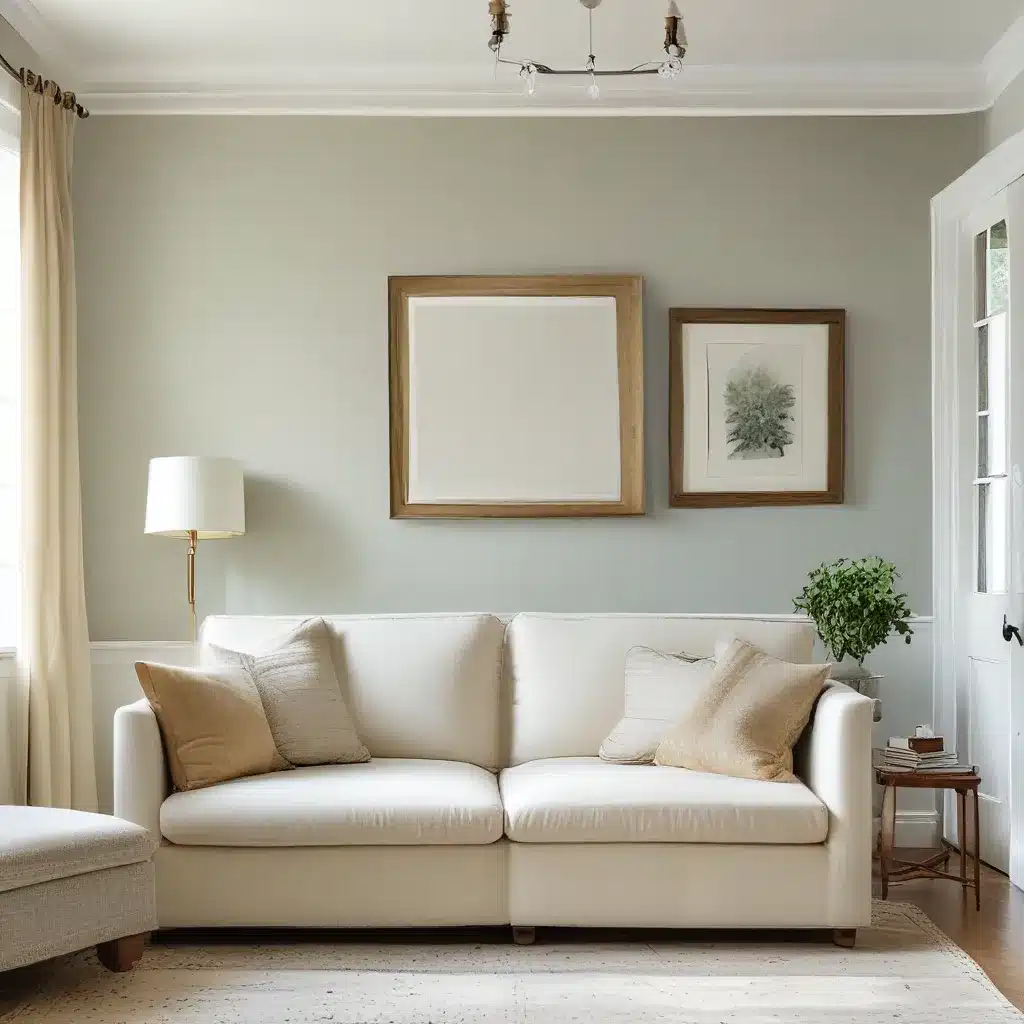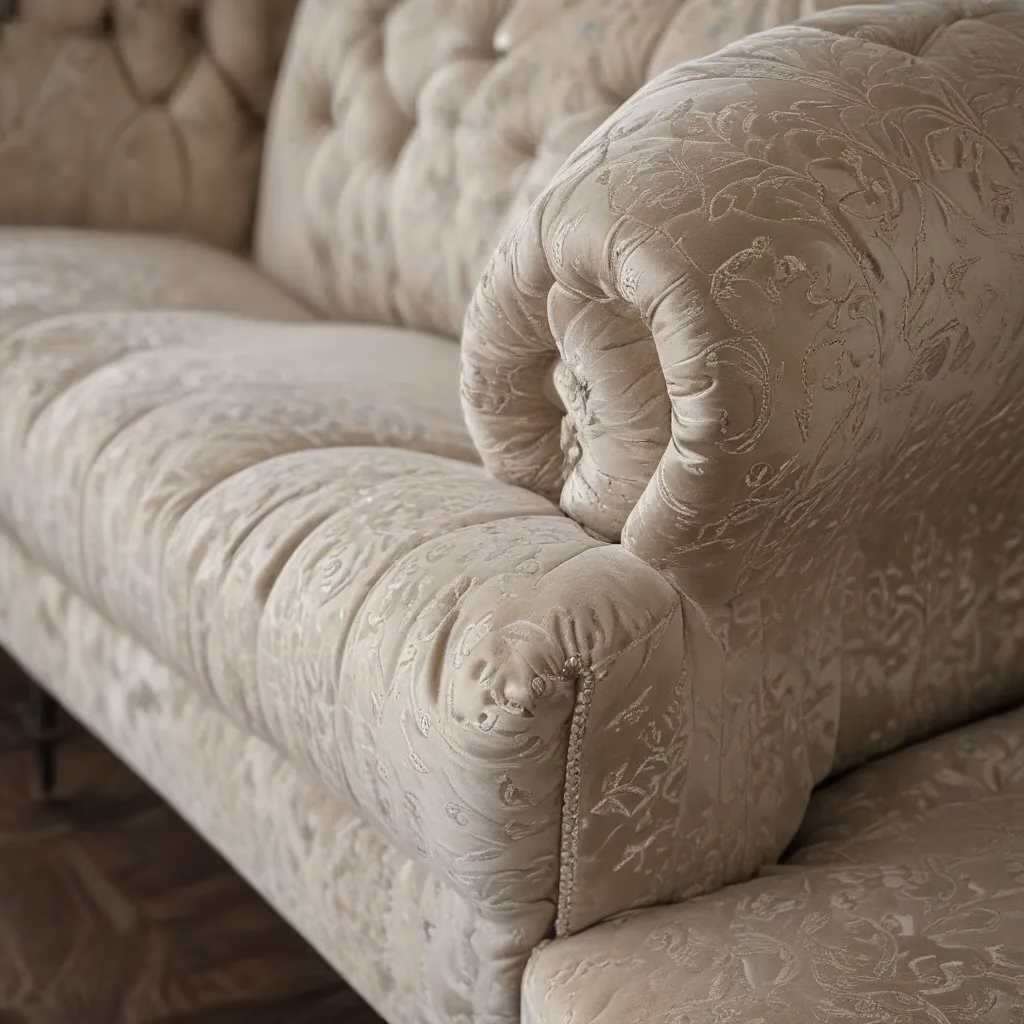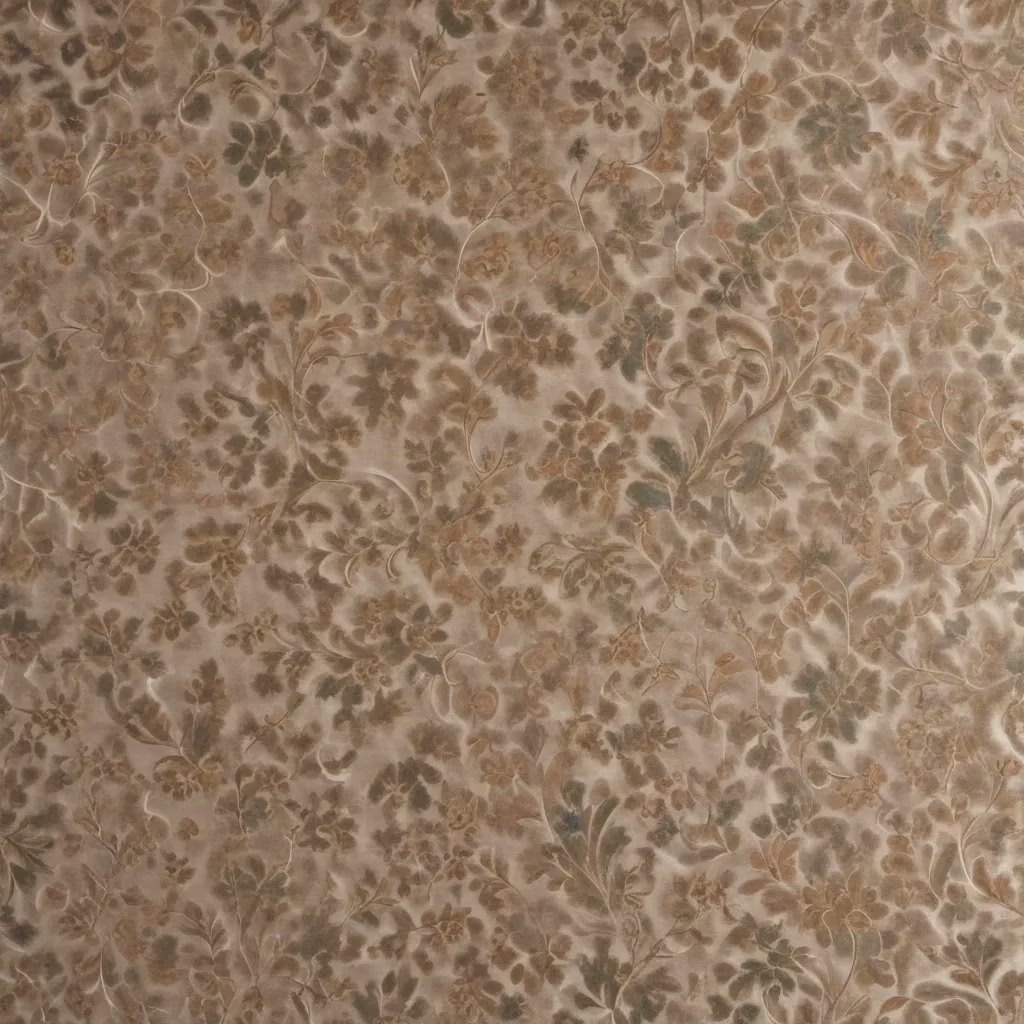You know the feeling – you walk into a room, and it immediately feels cramped and claustrophobic. Maybe it’s the tiny square footage, the awkwardly placed furniture, or simply too much stuff crammed into the space. Whatever the reason, that cozy little nook has somehow transformed into a suffocating cell, leaving you longing for wide-open spaces and a sense of freedom.
Well, fear not, my friends! I’m here to share some insider secrets from the design pros that will have your petite palace feeling as spacious as a palace in no time. And the best part? You don’t need to hire a team of contractors or blow a hole in your wall. All it takes is a little creativity and a keen eye for optical illusions.
Lighten Up with Color
The first rule of making a room appear larger? Ditch the dark colors, my friends. Those deep, moody hues may scream “cozy and inviting,” but they also have a sneaky way of closing in on you, making the space feel even smaller than it is.
Instead, opt for lighter, airier shades – think creams, whites, and soft grays. These hues have a remarkable way of reflecting light, giving the illusion of more space and breathing room. And don’t be afraid to take it one step further by painting the ceiling the same color as the walls. This “envelope of space” trick blurs the line between the two, creating a seamless, expansive feel.
But don’t worry, all you color lovers out there – you don’t have to completely banish your favorite vibrant hues. Just be strategic about how you use them. Try incorporating pops of bold color through accent pieces or a single statement wall, rather than painting the entire room in a kaleidoscope of shades. This way, you can still enjoy your love of color without making the space feel smaller.
Mirror, Mirror on the Wall
Speaking of reflecting light, let’s talk about the magic of mirrors. These reflective surfaces have long been a go-to trick for interior designers looking to create the illusion of more space. And for good reason – when used strategically, mirrors can quite literally double the size of a room.
The key is to position them in a way that reflects natural light or a stunning view, as the Washington Post article suggests. This not only enhances the sense of depth and volume, but it also draws the eye outward, making the space feel more open and airy.
But don’t just stop at wall-mounted mirrors. Get creative with other reflective surfaces, like glossy furniture or shiny tile backsplashes. As the Remodelista article points out, these elements can have a similar expansive effect, casting light and creating the illusion of volume.
Stretch Vertically
Now, let’s take a cue from the fashion world and focus on playing with proportions. Just as vertically-striped shirts can make you appear taller, certain design tricks can make a room feel more spacious.
One of my favorites? Hanging curtains from floor to ceiling. Not only does this draw the eye upward, but it also creates the illusion of taller walls and a grander, more expansive atmosphere. And if you really want to take it to the next level, try pairing your ceiling-height curtains with a towering headboard or a bold, vertical accent wall.
Another vertical trick? Opt for leggy, low-profile furniture. As the Remodelista experts explain, pieces that have a smaller footprint and allow light to flow beneath them can make a space feel more open and airy. Think sleek sofas, delicate side tables, and breezy butterfly chairs – the perfect antidote to that bulky, overstuffed sectional.
Declutter, Declutter, Declutter
Now, I know what you’re thinking – “But what about all my stuff?” Fear not, my friends, for the secret to creating a sense of spaciousness lies in the art of decluttering.
As the Washington Post article so eloquently puts it, “the more pieces, possessions and patterns you have in a room, the more cluttered it will feel.” And when a space is cluttered, it automatically feels smaller and more cramped.
So, take a hard look around your room and start editing. Be ruthless in your purge, getting rid of anything that doesn’t serve a purpose or bring you joy. And when it comes to the pieces you do keep, be strategic about how you display them. Group similar items together, create a focal point with your art and decor, and resist the urge to jam every nook and cranny with trinkets and knickknacks.
Remember, empty space is your friend when it comes to making a room feel larger. So embrace the minimalist approach and let your beautiful, carefully curated belongings shine.
Expand with Mirrors and Windows
Speaking of embracing empty space, let’s talk about another way to create the illusion of more square footage: strategic placement of mirrors and windows.
As we’ve already discussed, mirrors are design superheroes when it comes to making a room feel more spacious. But did you know that strategically placing them can also help expand the visual footprint of a space? The Remodelista article suggests hanging mirrors across from windows or on the wall opposite a doorway, as this can effectively “double” the size of the room by reflecting the view.
And windows themselves can be powerful tools for creating a sense of openness and airiness. As the Washington Post article points out, you’ll want to avoid blocking those gorgeous glass portals with heavy curtains or furniture. Instead, let them shine, allowing the natural light to flood in and the eye to travel effortlessly from indoors to out.
But if privacy is a concern, consider opting for sheer, lightweight window treatments or even forgoing them altogether. The key is to maximize the connection between the interior and exterior, blurring the lines between the two and creating the illusion of a more expansive space.
Multifunctional, Streamlined Furnishings
Now, let’s talk furniture. When it comes to making a room appear larger, the name of the game is multifunctionality and streamlined silhouettes.
As the Remodelista experts explain, oversized, bulky pieces can quickly make a space feel cramped and cluttered. Instead, opt for furniture that does double (or triple!) duty, like a bed with built-in storage or a coffee table with hidden compartments. This not only maximizes the usable space in the room but also creates a sense of openness and flow.
And when it comes to the actual shape and size of your furnishings, think slim and leggy. Remodelista suggests embracing midcentury modern pieces, with their low-slung silhouettes and delicate, elevated frames. These design elements allow light and air to move freely around and beneath the furniture, creating the illusion of more space.
Of course, that doesn’t mean you have to completely forgo your love of oversized, cozy pieces. Just be strategic about where you place them. For example, a plush, deep-seated sectional might work beautifully in a larger living room, but in a more compact space, it could quickly overwhelm the area. Instead, opt for a sleek, low-profile sofa that still offers ample seating without dominating the room.
Leverage Lighting and Mirrors
Finally, let’s talk about the power of lighting and mirrors – two design elements that can work hand-in-hand to create the perception of a larger, more open space.
We’ve already discussed the expansive effects of mirrors, but let’s dive a little deeper. Remodelista suggests positioning mirrors across from windows or in strategic locations that reflect natural light, as this can effectively “double” the size of the room by bouncing that illumination around.
And when it comes to lighting, the key is to create a layered, dynamic effect. Rather than relying solely on a single, harsh overhead fixture, the experts recommend incorporating a mix of table lamps, floor lamps, and even strategically placed sconces. This not only adds depth and dimension to the space but also helps to minimize those pesky shadows that can make a room feel smaller and more confined.
But the real magic happens when you combine these two design elements. By positioning mirrors near your lighting sources, you can create the illusion of even more light and space, as the reflected illumination bounces and reftracts throughout the room.
So there you have it, my friends – a veritable toolkit of tricks and techniques to transform your cozy little nook into a sprawling oasis. And the best part? You don’t need to break the bank or hire a team of contractors to make it happen. All it takes is a little creativity, a keen eye for detail, and a newfound appreciation for the power of optical illusions.
Now, who’s ready to work some magic and make their room feel larger than life?




